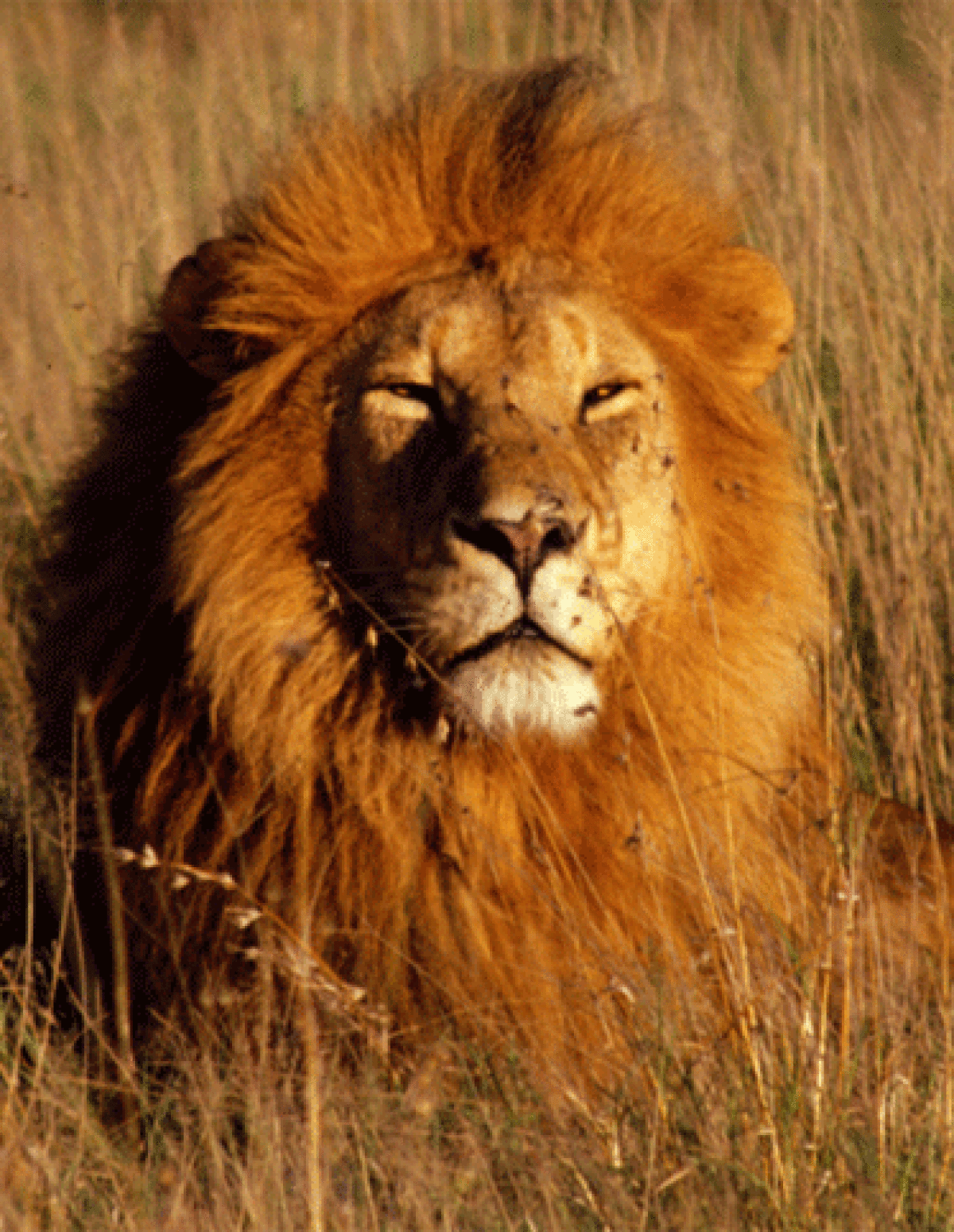Good fences make safe lions

- Share via
During the 1960s, when most African nature reserves were being established, lions tended to be born free. But today, freedom doesn’t always serve them well.
Fifty years ago, human population densities were low in the areas where lions roamed. But since then, the human population in that part of Africa has increased fourfold to fivefold, and demands on land have intensified. The prey that lions rely on has been reduced by poaching and habitat loss, which means that lions living in unfenced preserves roam out into farms and pastures, where they kill livestock — or humans. In the last 20 years, lions have attacked more than 1,000 people in southern Tanzania.
The big cats have become a problem not because of anything they’re doing wrong. They’re just being lions. The problem is that few African nations can invest adequately in the management of their parks. Lions live at the top of the ecological pyramid and they can only thrive in healthy ecosystems. But although African nations have allotted more than 400,000 square miles as wildlife areas — more real estate than California, Oregon and Nevada combined — the money to take care of those parks is inadequate.
How much does it cost to conserve a species like the lion? Along with 57 other scientists, I recently compiled data on the current status of lion populations in 11 African countries. We assessed how well lions were being managed in each area by comparing their current population sizes against numbers that would be predicted on the basis of prey abundance in each park. We found that conservation success depends on two things: dollars and fences.
Unfenced lion populations needed budgets of about $5,000 a square mile each year to reach even half their potential size. Without that, lion populations are losing ground. We estimated that nearly half the unfenced populations are at risk of extinction in the next 20 to 30 years. In parks that are surrounded by wildlife-proof fences — such as South Africa’s Kruger National Park, which is about the size of New Jersey — it’s a very different picture. They have lion populations that exceeded 80% of their potential, and the cost of conserving them is only about $1,250 annually a square mile. Moreover, none of the fenced populations are heading toward extinction.
Yet wildlife fencing is surprisingly contentious. Some conservationists worry that physical barriers disrupt fundamental ecological processes; others seek to retain a sense of untouched wilderness in romantic destinations such as Kenya and Tanzania. But open plains cannot protect wildlife, especially because so few unfenced reserves are able to raise the necessary revenue to effectively manage themselves.
South Africa’s story provides hope even beyond the fences of its national parks. By the 1890s, South Africa was covered by western-style ranches and farms, and dangerous wildlife had been extirpated everywhere except for Kruger and Kalahari parks. But during the 20th century, many ranchers converted their land to conservancies and established private game reserves. To allay the fears of local communities about bringing lions and other potentially dangerous animals into closer proximity to humans, the reserves were fenced. Today, more wild lions live in South Africa’s fenced parks and conservancies than a century ago, yet no one complains of livestock losses, much less of man-eating lions.
It’s true that fencing could destroy migratory ecosystems like that of Tarangire National Park in Tanzania, where wildebeest leave the park and mingle with livestock each year. But many of the places lions thrive, such as Tanzania’s Selous Game Reserve, which holds the largest surviving lion population in Africa, would be suited to fencing. Selous encloses a nonmigratory ecosystem the size of Switzerland, and its management budget is about $5 million a year. To maintain the reserve’s lion population at even 50% of what the area could sustain would take about $110 million a year. But if Selous were fenced, a $28-million annual budget could safely secure 80% of the lion population the area could sustain.
Fencing Selous would cost about $30 million, well beyond the budget of the Tanzanian government but not of major donors like the World Bank. The donor community spends billions every year on human health and economic development in Africa. And because tourism directly contributes to economic development, better management of the wildlife that draws tourists would seem like exactly the kind of thing the World Bank should be funding. In the absence of a comprehensive management plan, lion populations are likely to be fragmented into an archipelago of tiny parks no larger than the scattered tiger reserves of Asia.
Conservationists are already failing to save elephants and tigers, and lions won’t fare any better unless there’s a change in approach. If the world really wants to conserve iconic wildlife for the next 1,000 years, we need a latter-day Marshall Plan that integrates the true costs of park management into the economic priorities of international development agencies.
Lions are too valuable to take for granted.
Ecologist Craig Packer is a professor at the University of Minnesota and director of the Lion Research Center.
More to Read
A cure for the common opinion
Get thought-provoking perspectives with our weekly newsletter.
You may occasionally receive promotional content from the Los Angeles Times.






